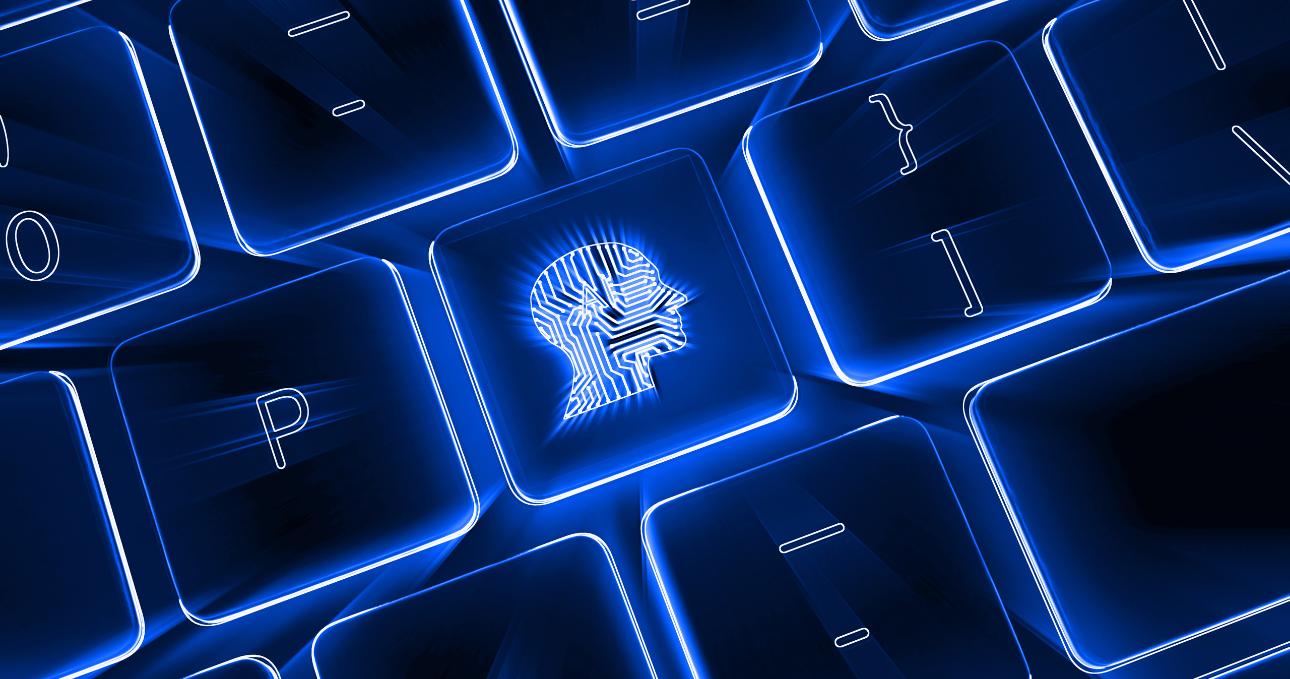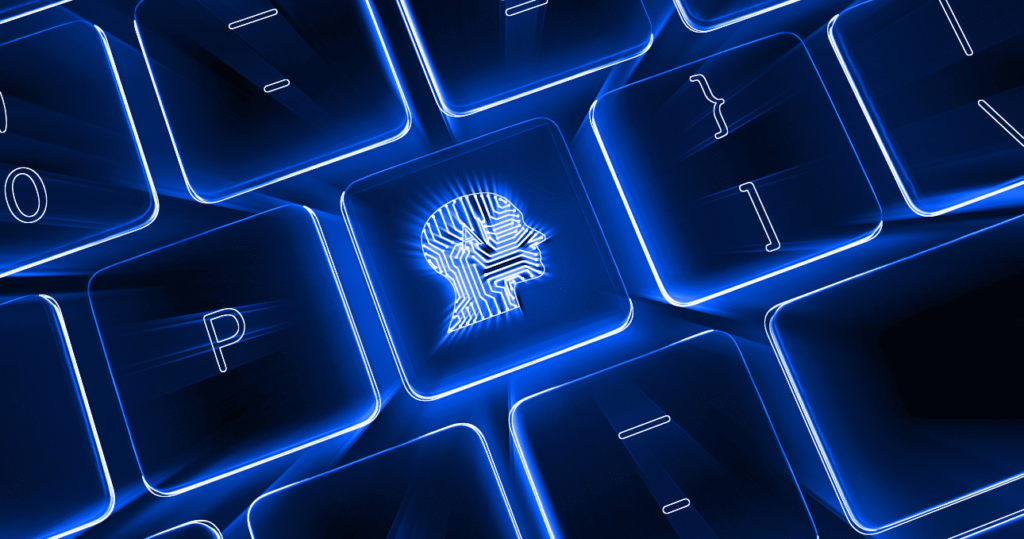

No products in the basket.

Artificial Intelligence (AI) is no longer a futuristic concept—it is a present-day educational revolution. In 2025, schools, universities, and training institutions around the world are embracing AI to transform how students learn, how teachers teach, and how education systems operate. This article explores the key ways AI is reshaping education in 2025, its benefits, the tools driving change, and the challenges that educators must overcome to unlock its full potential.
One of the most significant changes brought by AI in education is personalized learning. Traditional classrooms often follow a one-size-fits-all approach. However, AI-powered platforms can now analyze a student’s learning style, pace, and preferences to deliver custom learning paths.
SEO Tip: Use the phrase “AI personalized learning” in headers and image alt-text for better Google indexing.
AI has given rise to virtual tutors and teaching assistants that support students 24/7. These tools provide explanations, answer questions, and guide students through complex subjects, especially in STEM fields.
Examples include:
AI is streamlining content creation through automated generation of quizzes, summaries, and even learning modules. It also facilitates automated grading, saving teachers hours of repetitive work.
This allows educators to focus on instruction and student engagement rather than administration.
AI is revolutionizing inclusive education by supporting students with disabilities. Tools such as speech-to-text, text-to-speech, language translation, and predictive typing are breaking down learning barriers.
AI systems gather and analyze massive amounts of educational data, giving actionable insights to educators and administrators. Predictive analytics can identify at-risk students before they fail and suggest interventions.

AI-driven dashboards like BrightBytes and Power BI for Education support smarter decisions.
In 2025, AI helps schools adapt curricula in real-time based on industry needs, student performance, and social trends. Curricula are no longer static; they are dynamic and continuously evolving.
To tackle plagiarism and cheating, AI systems now monitor online exams through facial recognition, eye-tracking, and behavior analysis. Tools like ProctorU and Respondus Monitor enhance academic integrity in virtual settings.
While AI is a powerful ally in education, there are concerns to address:
Educational institutions must implement ethical frameworks and strong data governance policies to balance innovation with responsibility.
AI is not replacing teachers—it is empowering them. From personalized learning to administrative efficiency, the transformation of education through AI in 2025 is creating more engaging, efficient, and inclusive learning environments. Schools that adapt AI responsibly will lead the future of education.
As AI continues to evolve, so too must our commitment to ensuring that technology enhances—not replaces—the human elements of teaching and learning.
Call us directly?
Address
Oxford College affirms that it is not affiliated with the University of Oxford in any form and has no legal or institutional connection to it. Oxford College is an independent educational institution, officially registered in the United Kingdom under Company Number 14552808 and listed with the UK Register of Learning Providers (UKRLP) under Provider Reference Number 10095030.
Not a member yet? Register now
Are you a member? Login now